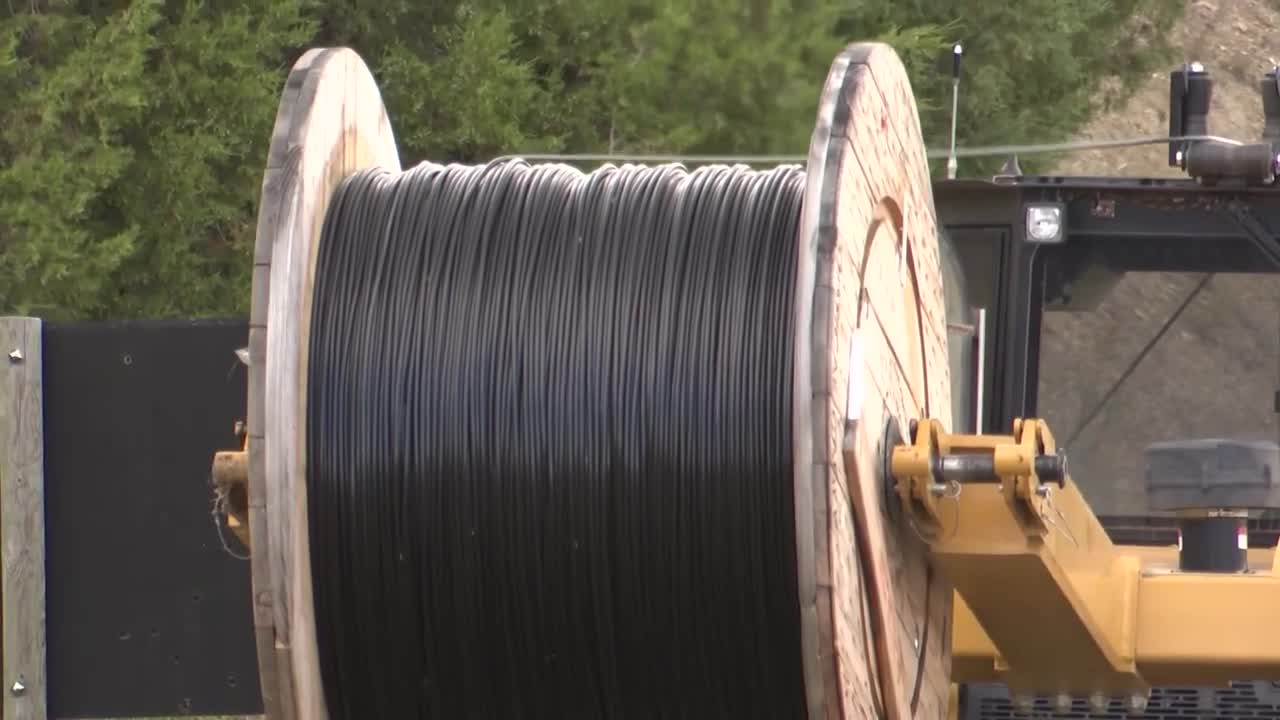HELENA — Last week, federal authorities announced they had approved Montana’s plan to distribute hundreds of millions of dollars to expand high-speed internet service across the state. Now, state leaders say they could start sending out that money by the end of the year.
(Watch the video for more details on Montana's broadband plan.)
This summer, Montana submitted its final plan for the Broadband Equity Access and Deployment program, or BEAD. The program, funded through the 2021 Infrastructure Investment and Jobs Act, provided $42 billion in grants nationwide, intended to help reach the goal of bringing broadband to every American.
Montana is one of 18 states that has received initial federal approval for their BEAD plan.
“As I understand it, we were one of the first states to get at least that initial authorization,” said Rep. Ed Buttrey, R-Great Falls, who chairs the state’s Communications Advisory Commission. “That took a lot of work, and so we’re ahead of the game.”
The commission got an update on broadband plans during a meeting Tuesday.
Montana’s BEAD plan will distribute about $300 million to 19 service providers, expanding broadband access to about 68,000 homes and businesses that are currently unserved or underserved.
Misty Ann Giles, director of the Montana Department of Administration, said the state still needs to get one more federal agency to sign off on the plan before they can start distributing the money.
“Hopefully we'll get that in the next couple of weeks – that's what we're seeing in other states – and then we'll be able to push out those grant agreements,” she told MTN.
BEAD is the second major federal investment in broadband since the COVID pandemic, following the American Rescue Plan Act. ARPA grants were focused on expanding internet service using fiber-optic cables – which supporters argue have greater capacity and better reliability, but which can be more expensive and difficult to install. BEAD initially emphasized fiber as well, but the Trump administration revised the program rules earlier this year to give no preference between fiber, fixed wireless towers and satellite internet, and to focus on reducing potential cost.
In August, the Communications Advisory Commission approved recommendations for awarding $300 million in BEAD funding. Under Montana’s plan, the majority of the money – about 80% – will be roughly evenly split between fiber and fixed wireless projects. However, two satellite companies – Starlink and Amazon Leo – will together serve almost two-thirds of the newly covered locations.
MTN asked Giles how soon people in these unserved areas could actually receive broadband.
“I think it depends on the type of technology,” she said. “We know the satellite companies simply have to deploy the satellites – that'll be probably a lot faster. Fixed wireless moves obviously faster as well, then fiber takes a minute to deploy, since you're digging trenches underground and we do have usually a long winter here in Montana.”
Regardless of the type of service, Giles says the program requires that providers have their projects completed within four years.
The Department of Administration has already put together draft contracts for the awarded service providers to sign. Giles said there could still be some adjustments, as they’ve heard the federal government will likely require some additional conditions for the companies.
“We don't have our hands on those yet,” she said. “I think especially given the differences in technology, since you're dealing with fiber, fixed wireless and low-Earth-orbit satellite, there could be some nuanced conditions there that we are unfamiliar with that would be pushed out to those companies to make sure they're in compliance and essentially meet the project scope that they put forth and we approved.”
Though BEAD was intended to bring broadband to everyone, the state says there are still a few thousand homes and businesses still won’t be covered even when the approved projects are completed – due in part to new construction around Montana.
“Broadband is not a static issue,” said Giles. “It is a very agile, constantly moving issue.”
On Tuesday, the commission voted to recommend $16 million in leftover ARPA funding be redirected to projects that can close some of those gaps. ARPA requires any money be fully spent by 2026.
When BEAD was initially announced, Montana was listed as eligible for more than $600 million in funding through the program. With their final plan only accounting for about $300 million, that leaves around half of the original allocation still unused. Giles said she’s hopeful the federal government will allow the state to retain that money to continue working on broadband, but they are still waiting for guidance.




